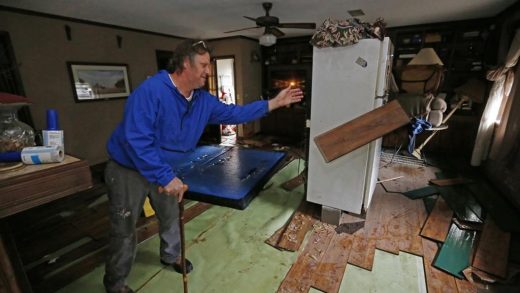Coexisting with coyotes: zoo warns visitors after sightings

The Assiniboine Park Conservancy is reminding visitors to keep their eyes open for urban coyotes after sightings shut down a trail at the zoo earlier this summer.
The bugs trail at Assiniboine Park Zoo was closed through the May long weekend after a coyote was seen hanging around postponing a new attraction that was set to open and inspiring the conservancy to reach out to the province on how to enhance its guidelines for co-existing with coyotes.
While the animal left the area and the trail was reopened days later, new signage went up last week to remind park-goers that coyotes live among the forestry at Assiniboine Park, said Chris Enright, senior director of zoological operations, animal management and conservation for the Assiniboine Park Conservancy.
“It’s really seeing this as an opportunity for that conversation, and welcoming our community on site and being able to engage them with the natural world around us, which does include coyotes,” he said Tuesday.
The signs ask that visitors never feed coyotes or any wildlife, and provides tips if a person is approached by a coyote: pick up kids and pets, back away slowly without running or turning your back, seek shelter, and, should a coyote approach, make loud noises, waving your arms and throwing objects.
It also asks visitors to report coyote sightings to park security.
The coyote that inspired the conversation can still be spotted around the park (it is easily recognizable due to an old injury) but Enright said there hasn’t been any other dangerous activity reported from it or any other coyote.
“If there is a coyote that is acting strangely, is following people or following yourself and your pet … let us know so that we can engage with the province, we can engage with conservation officers and we can work to make sure everyone’s safe and able to enjoy the park,” Enright said.
The signs have inspired some questions from guests, Enright said, ranging from some looking for advice on keeping pets and kids safe to others who didn’t know there were urban coyotes in the city at all.
People at the park Tuesday didn’t find the signs cause for alarm.
While on a walk with her dog Rhonda Chorney said she keeps her pup close and on a leash.
“We live in an area where there’s coyotes, so we already know that, so we’re cautious with her,” she said.
The signs, she said, are a helpful reminder and wouldn’t impact her feelings about visiting the park.
“It doesn’t make me nervous, I think it’s good to alert people,” she said.
Fellow park-goer Anah Rempel has two cats and said she’s become more vigilant in recent years as coyote sightings have become more apparent.
“I think definitely over the last five years we’ve been more kind of conscious of it … We’re always watching and making sure but we’ve been more concerned about it in recent years,” she said.
Last June, a coyote chased and bit a nine-year-old boy in North Kildonan, and a four-year-old was attacked in the Headmaster Row area less than a week later. The incidents were believed to be the first recorded cases of coyote attacks on humans in Manitoba. The coyote was caught and euthanized shortly after.
While the Manitoba Conservation Officer Service saw the number of coyote-related calls double from 2022 to 2023 — to 677 from 355 — calls have gone down since, a provincial spokesperson said.
“Indications are that coyote-related calls in Winnipeg this year will be comparable to 2022, as reports have been on the decline,” he said in an email.
He did not say how many calls Manitoba Conservation have received so far this year.
Malak Abas
Reporter
Malak Abas is a city reporter at the Free Press. Born and raised in Winnipeg’s North End, she led the campus paper at the University of Manitoba before joining the Free Press in 2020. Read more about Malak.
Every piece of reporting Malak produces is reviewed by an editing team before it is posted online or published in print — part of the Free Press‘s tradition, since 1872, of producing reliable independent journalism. Read more about Free Press’s history and mandate, and learn how our newsroom operates.
Our newsroom depends on a growing audience of readers to power our journalism. If you are not a paid reader, please consider becoming a subscriber.
Our newsroom depends on its audience of readers to power our journalism. Thank you for your support.
Credit: Coexisting with coyotes: zoo warns visitors after sightings


